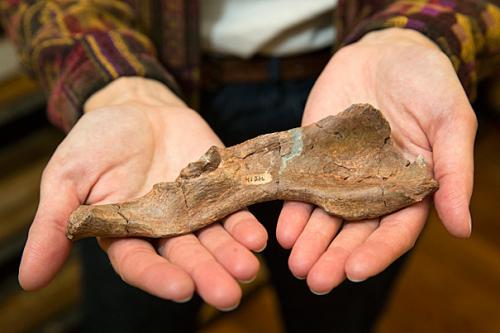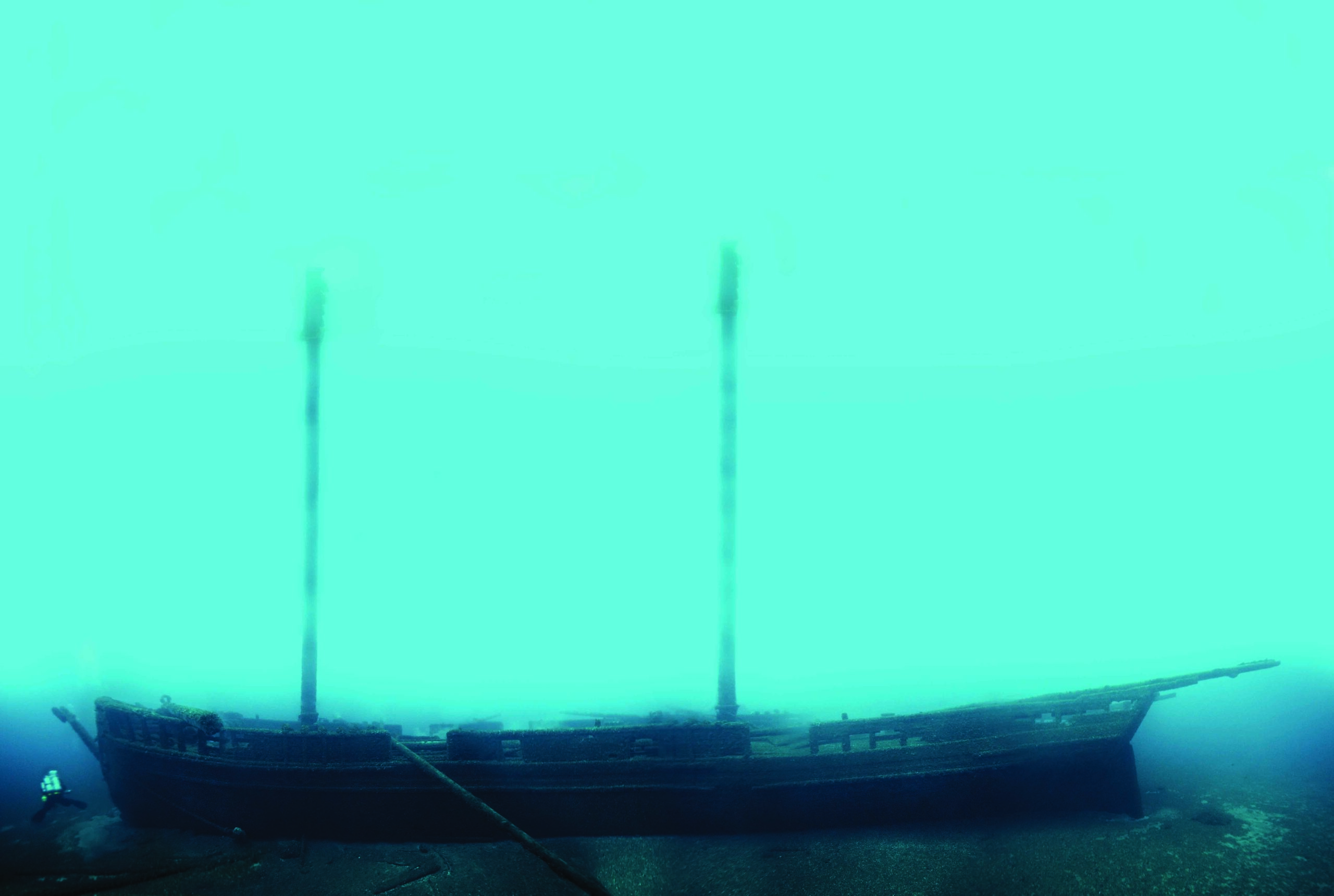
CAMBRIDGE, MASSACHUSETTS—A six-inch-long hipbone of a 12.5 to 8.5 million-year-old ape called Sivapithecus is challenging the belief that the upright body posture exhibited by today’s great apes evolved only once. The upright body posture, also known as the orthograde body plan, features broad torsos and mobile forelimbs. Michèle Morgan, museum curator of osteology and paleoanthropology at Harvard University’s Peabody Museum of Archaeology and Ethnology, and her colleagues say that this hip bone suggests that the upright body plan may have evolved multiple times. “We always thought if we found this body part, that it would show some of the features we find in the living great apes. To find something like this was surprising,” she said. Sivapithecus is thought to have had a relatively narrow, monkey-like chest, and facial features resembling those of modern orangutans. The Sivapithecus hipbone, however, differs from that of all living apes. “We initially believed that Sivapithecus, with a narrow torso, was on the orangutan line, but if that is the case, then the great ape body shape would have had to evolve at least twice. There are a lot of questions that this fossil raises, and we don’t have good answers for them yet. What we do know is that the evolution of the orthograde body plan in apes is not a simple story.” More fossils are needed to get a better picture of Sivapithecus. To read about a similar discovery, see "Ardipithecus: Ape or Ancestor?"









